Thursday Five: cars that manufacturers should bring back from the dead
The ’90s was an interesting decade.
Naturally as a child from the period I look back on those years fondly; recalling memories of morning cartoons, dial-up desktop ballads, and pre-scandal Cosby like it was just yesterday. But there’s two sides to the coin and plenty of people detest the ’90s; citing fashion, changes in politics, wars, and naturally the Spice Girls.
The car scene from the period is similarly divisive. It brought us cult favourites like the Mazda MX-5, McLaren F1, and BMW’s sublime E39 M5 — but it also brought new levels of automotive cost-cutting and commercialism.
It's no surprise then that some of the greatest cars forged in that environment aren’t still with us, smothered in their sleep by corporates living lives in ones and zeros. Here are five four-wheeled favourites from the ’90s that we wish hung around for just a bit longer.
Honda CR-X
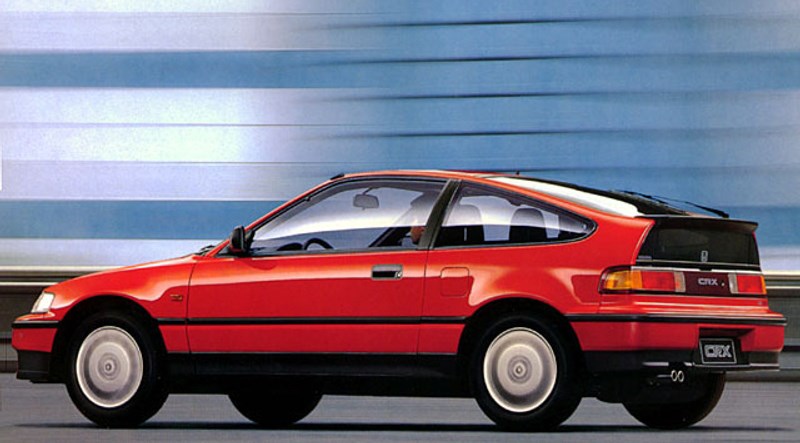
Yes, anoraks on the other side of the screen, I can hear your complaints loud and clear; the CR-X isn’t really a ’90s car. In fact they were only produced for two years in the decade, 1991 and 1992, before being struck off and fed to the pigs.
I can also hear the same anoraks, screaming, firing bullets of mucus and spit on the screens of their smart phones: “But Honda DID remake the CR-X! They called it the CR-Z and nobody bought it!”
Now, that’s all kind of true. The CR-Z, released in 2010, paid homage to the much loved and missed CR-X, and yes nobody bought them. To the degree that history repeated itself earlier this year when Honda culled the attractive little hybrid sports car in June.
But, it was never really a CR-X successor. Torsion beam suspension in the rear and 400 kilograms of extra heft meant that it didn’t quite have the handling chops of its agile and diminutive uncle, and because of its hybrid system pricing was never cheap enough to make it an achievable car for the young people it aimed to capture.
A true CR-X successor — cheap, simple, fun — would be a welcome addition to Honda’s line-up, especially given their drive to improve the perception of their brand with cars like the NSX and Civic Type R.
It might even sell well if it gave the Toybaru BR86 a run for its money.
Ford Escort RS Cosworth
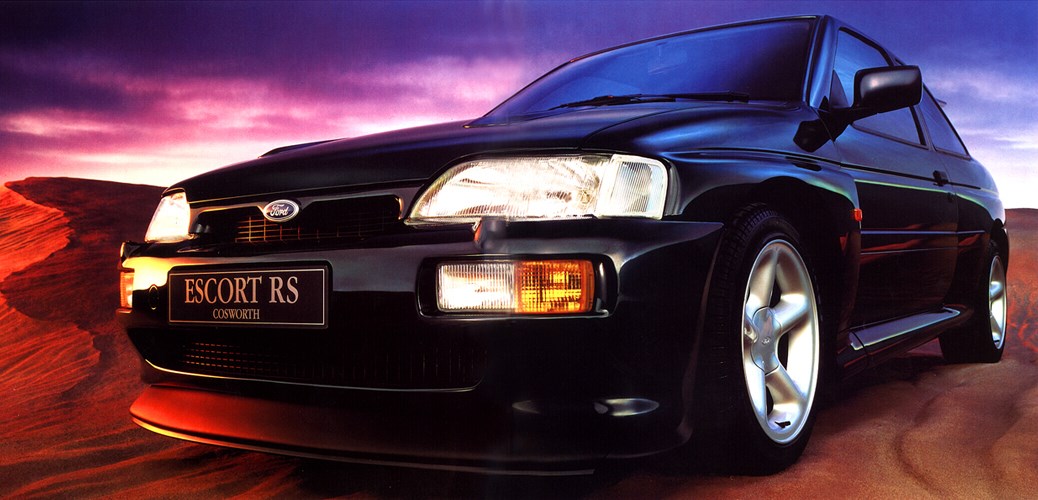
A rally car for the road, with a great big ‘I’m a sports car, see?’ rear wing, and a punchy two-litre turbocharged engine under the bonnet — who the hell wouldn’t want to see Ford still back with the Cossie?
In some ways, the Focus RS fills the void with its pace and its continuation of the historic RS name. But the question now is; how do Ford improve from here?
The RS isn’t just fast and capable, it’s a marketing coup for the brand. You can’t visit any car website these days without seeing images of the RS flashing up on every second page. What’s going to happen in three or four years’ time when Ford decide they need to issue a new one?
The problem is that the Focus RS will always be hobbled by the fact that it’s based on a basic hatchback. It will always have to fit five people and the average grocery shop, to the detriment of its own potential.
Now an Escort — produced as a two-door coupe — wouldn’t have those same constraints. And instead of playing around in the kids paddling pool next to little Civic and little Golf, the RS badge could step up and take on stuff like the Nissan GT-R and Porsche 911. The sky would be the limit.
Toyota Supra
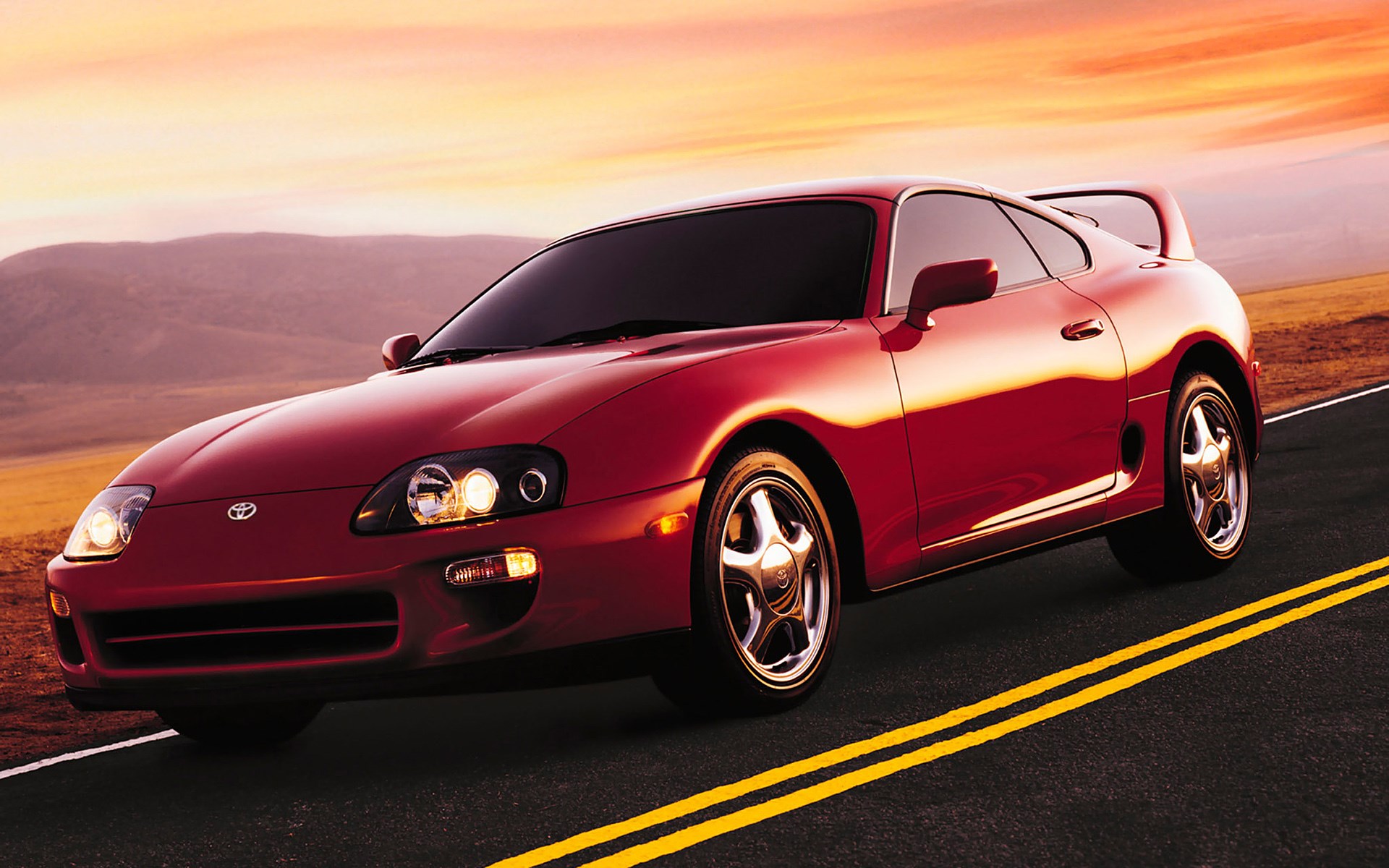
Beyond the fact that the Supra, particularly in its last-generation A80 guise, was simply a bloody cool car, it's hard to really apply rational logic to say that bringing it back is necessarily a wise thing for the Toyota brand to do.
Like Honda, Toyota are taking what ever steps they can do try and improve their own personal image. And reintroducing the Supra name on a car that deserved it would be a good start.
But as a counterpoint, is the Toyota 86 a better halo car? Can an affordable car even be a halo car?
My case against the 86 being a halo car for the Toyota brand is that people largely still consider the Japanese marque to be masters of commuter cars and nothing else — showing that the 86 hasn't really done anything to alter people's perception of Toyota. Potentially a fire-breathing, world-beating Supra sportscar could make more of an impact.
Regardless, a new Supra is reportedly on the way anyway. Whether it's any good though remains to be seen.
Ferrari F40
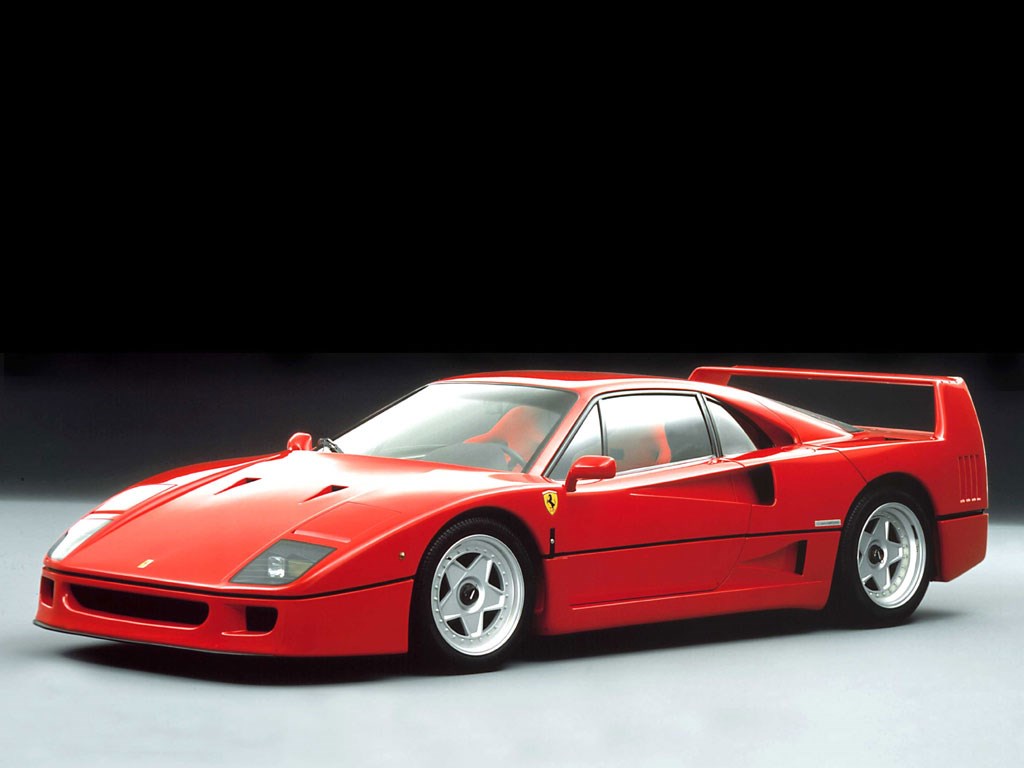
Supercars are right now as fast as they've ever been. But with torque vectoring, dual-clutch gear boxes, and more driver assists than you can shake a stick at now all doing all of the driver's work for them, it's very possible for someone to passionately argue that Ferraris aren't as good now as they once used to be.
Oh sure they're faster than they were and are better on gas mileage nowadays than they were (come on... how many supercar owners truly care about something as trivial as fuel consumption?), but do they still have the charm of their predecessors? The charm of the F40?
You'd be silly not to take the keys of a new Ferrari if someone offered them to you, but driving a car like that on the limit isn't as hands on and terrifying as it used to be. And we should try and recreate those times...
The Ferrari F40 was an insane beast when it was made in the late ’80s to early ’90s. A real meat and gravy kind of supercar, chasing and securing notoriety and acceptance among real dyed in the wool car people.
Fast forward to today, and supercars have lost some of that fright-a-minute edge in order to not scare away the few people that can afford their wares. That's why many contemporary examples are quite good to drive on normal roads.
Cars — supercars — like the F40 need to come back to life to help Ferrari return to their wild-child roots.
Saturn S-Series
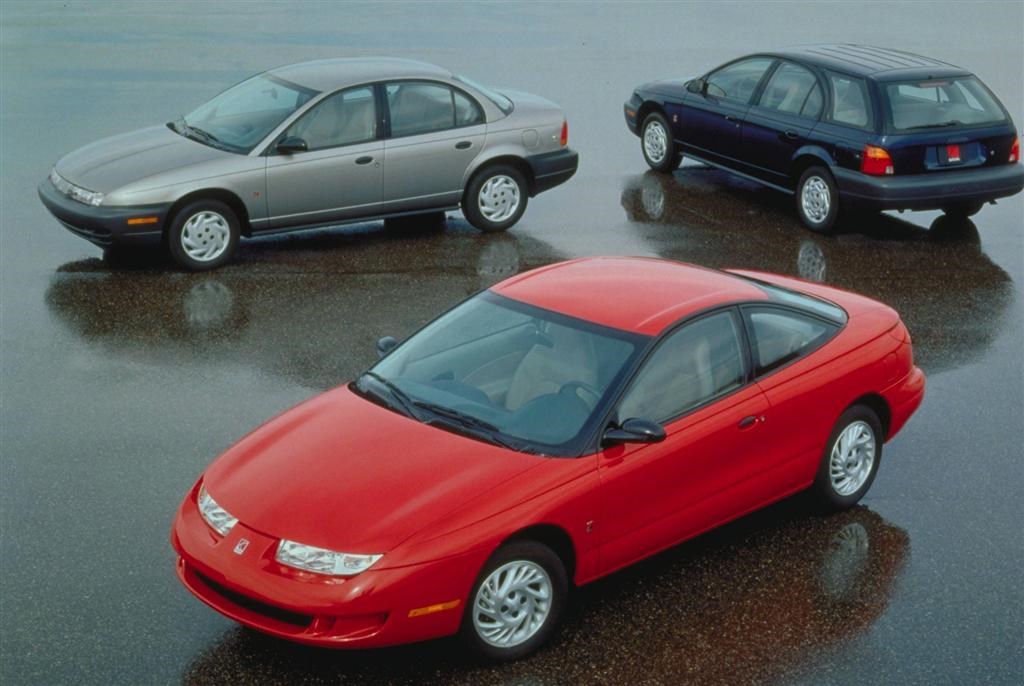
How dumb does this trio look on this list?
Nobody else in the world would include these on their list of ’90s gems, which is exactly why they're here.
See, the world is about so much more than just Ferraris and Lamborghinis. You and I are weird and different compared to the average car buyer whose decisions, arguably, have more of an impact on the motoring scene than ours ever will.
There is still a demand for good, solid, honest, and very cheap cars — and that's what the Saturn S-Series was.
Coming out in the late ’90s as part of General Motors' thick and confusing spaghetti of brands and sub-brands, Saturns quickly became popular due to their reliability and price.
And while that sounds like quite a tried and true formula, it's very hard to find modern cars that do the same thing. Even cars on the entry level have got internets for your SpotiTube and FaceHub apps, while others have the audacity to fit push-button start and HID headlamps and all manner of other things that people simply do not need on the daily basis.
The Saturn S-Series on the other hand gave people what they needed, looked kinda good, and was cheap. With everything in life as complicated as it is, I can see a bare-bones kind of car selling reasonably well. Saturn of course is no longer with us, but maybe someone else could take hold of the torch?




